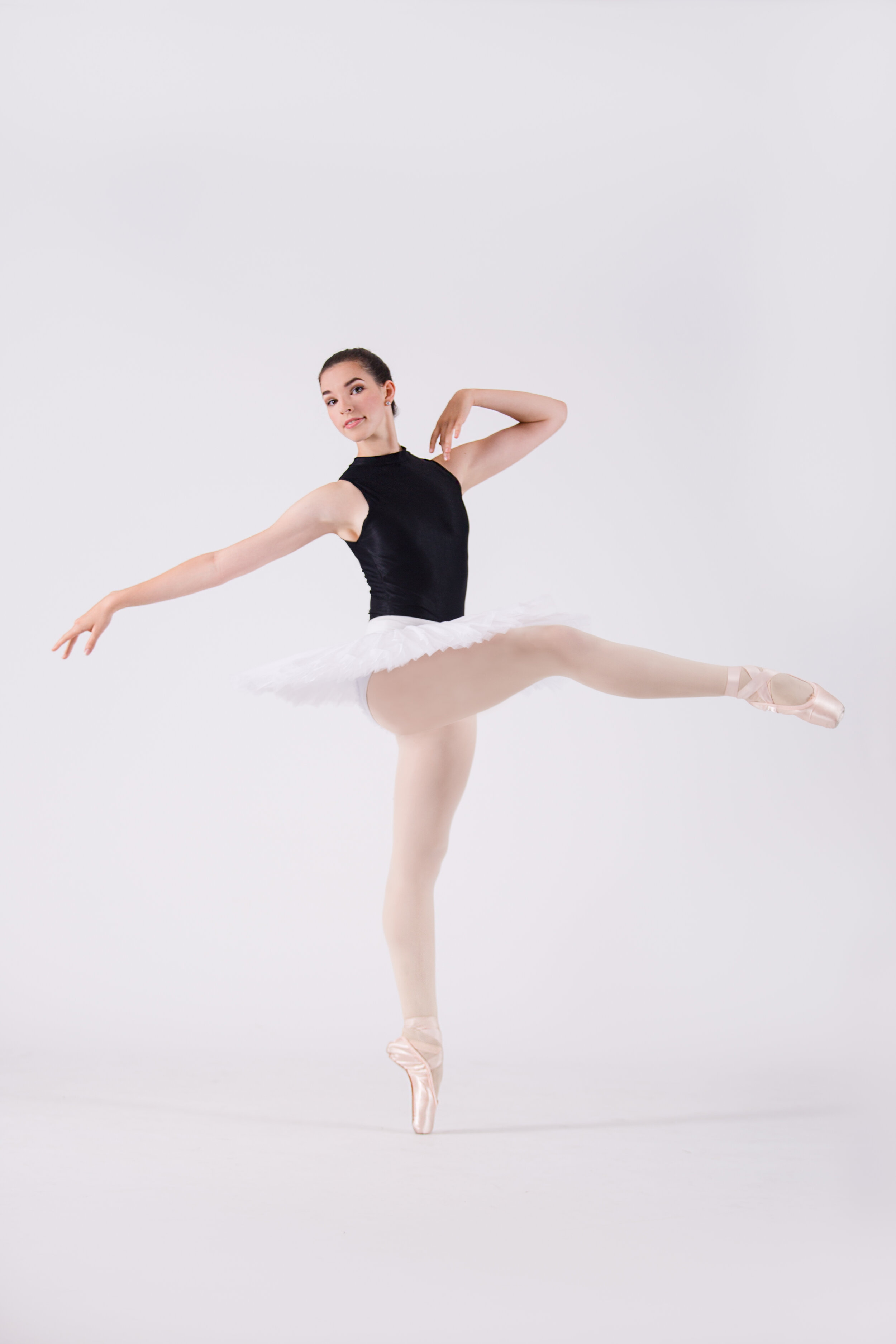How do Ballerinas Dance on Their Toes?
If you recall from the previous blog post about the history of pointe – the pointe shoe began as a soft shoe with stitching called darning around the tips of the toes to create support. The dancers were able to stay up on their toes for just long enough to balance or do a pirouette. Pointe shoes have come a long way since then! Dancers are now able to stay on their toes for long periods of time – turning, balancing, and even jumping en pointe! And yet, the hard shoes have the appearance of being soft as a ballerina dances across the stage.
How do they do that?
Along with the strength of a dancers feet and ankles, dancing on pointe is accomplished through the support provided by the pointe shoe. The box of the shoe – the part that encases the dancers toes – is made of paste and layers of different kinds of fabric. The paste that is used is specially formulated to dry in a semi-flexible state. This allows the shoe to be stiff enough to support the dancers foot, but flexible enough to allow the dancer to move fluidly. The top of the box, called the platform, is carefully shaped and flattened to provide a surface that the dancer is able to balance on.
The shoes are also equipped with a reinforced insole, called the shank. Along with the box, the shank provides support for the dancers body weight as it supports the arch of dancers foot, allowing them to stand upright on their toes.
If a shoe is fitted correctly, the box and shank wrap around the dancer's toes and the top of the foot, providing enough support to allow the dancer to balance on the platform of the box, thus dancing en pointe! It is very important for a dancer to find a pointe shoe that correctly fits her individual foot, so that the box and shank can provide the support she needs. Pointe shoes are now made in many different shapes and sizes that accommodate wider or narrower feet, longer or shorter toes, square toes or tapered toes, and different combinations of all of the above.
How are pointe shoes made?
As we noted above, pointe shoes are constructed with layers of paste and fabric. Today, many varieties of pointe shoes are made by hand, just like they were historically - this video includes a detailed look at the process of constructing a pointe shoe by hand. As you can see, there is a lot of work that goes into constructing a pointe shoe! Though modern technology has come a long way since pointe shoes were first made, classical ballet dancers still largely prefer handmade shoes to some of the factory-made varieties now available. Some of the specific details available in the shape and feel of the handmade shoes are more desirable than the generally more stiff, boxy construction of the ones that aren't handmade.
Former Ballet 5:8 Lead Artist Lauren Ader-Cumpston was a founding member of the Ballet 5:8 professional company and performed 2012-2017.

